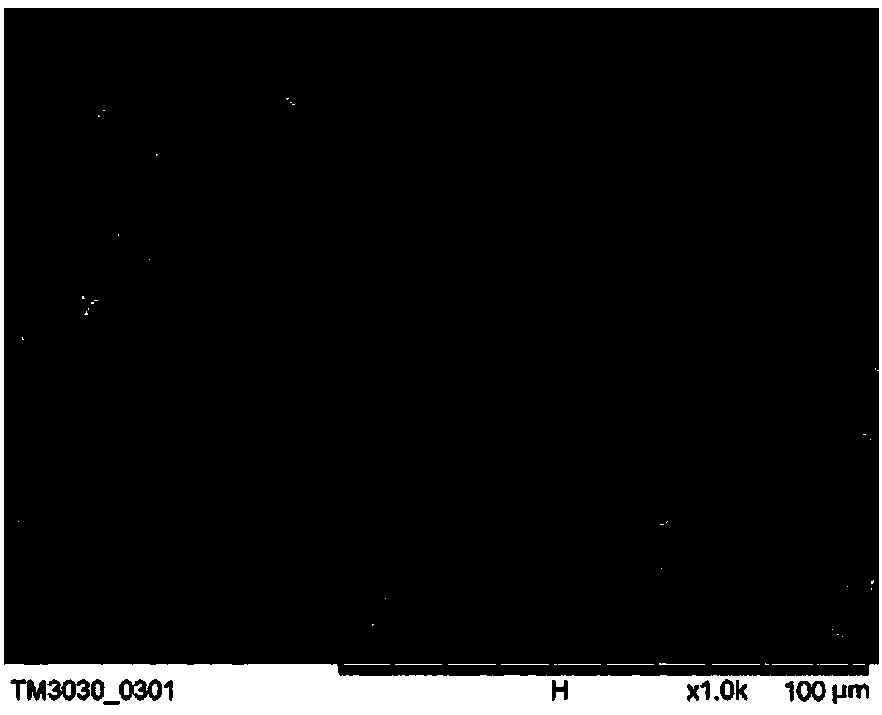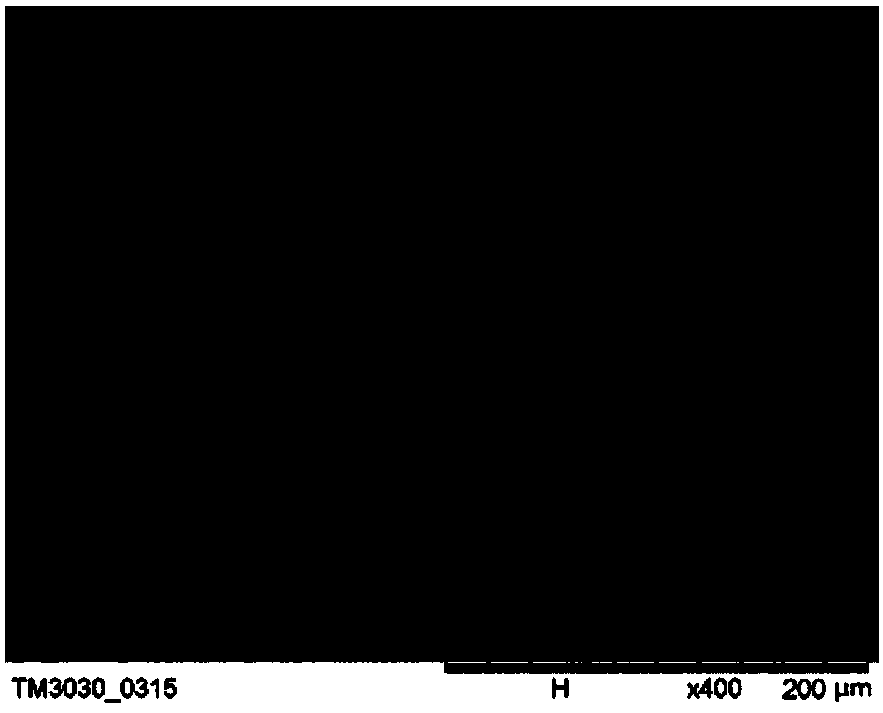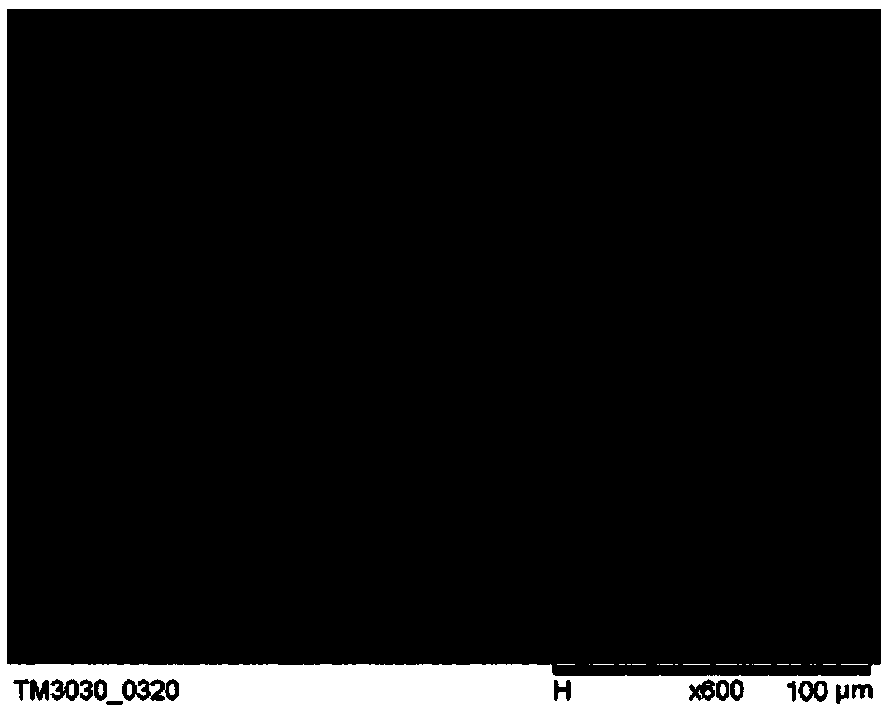Preparation method of titanium alloy grading powder laser cladding layer and titanium alloy with same cladding layer
A laser cladding and titanium alloy technology, applied in the field of titanium alloy and titanium alloy graded powder to prepare laser cladding layer, can solve the problems that the external lubricating oil and grease cannot meet its requirements, and there is no new technology application, etc., to achieve expansion The effect of using the range
- Summary
- Abstract
- Description
- Claims
- Application Information
AI Technical Summary
Problems solved by technology
Method used
Image
Examples
preparation example Construction
[0030] The preparation method of the present invention will be described in detail below in conjunction with specific embodiments.
[0031] The concepts mentioned in the present invention are explained as follows:
[0032] Graded Powder: Refers to alloy powders of different particle size ranges mixed in a certain proportion and then used as a base or mixed powder for other purposes. The proportion varies according to the specific material design.
[0033] Raw Powder: Refers to the alloy powder produced directly from alloy materials without direct external intervention in particle size distribution.
example 1
[0043] 1) Select TC4 titanium alloy as the base material, cut it into a test block with a size of 30mm×60mm×7mm with a wire cutting machine, use 600-mesh sandpaper to remove the surface scale, and then use absolute ethanol to clean the oil and rust on the surface ;
[0044] 2) Mix 50wt% of nickel-coated boron carbide powders with particle size grades of 23μm<d≤45μm and 45μm<d≤75 respectively to obtain graded powder, which is mixed with TC4 alloy powder at a mass percentage of 20% , by mechanical mixing until uniformly mixed. The cladding material is preset on the treated test block with an organic binder, and the preset thickness is about 1.0 mm. Use a 101-3AB electric blast drying oven to dry at 140°C for 3 hours;
[0045] 3) Using a high-power semiconductor laser for cladding, a rectangular laser spot of 3×12 is selected, the laser power is 4kw, the scanning speed is 10mm / s, and the argon gas protection is used to carry out laser cladding on the pre-coated test block to ob...
example 2
[0050] 1) Select TC4 titanium alloy as the base material, cut it into a test block with a size of 30mm×60mm×7mm with a wire cutting machine, use 600-mesh sandpaper to remove the surface scale, and then use absolute ethanol to clean the oil and rust on the surface trace;
[0051] 2) Mix 50wt% of nickel-coated boron carbide powders of 45μm<d≤75μm and 75μm<d≤96μm screened out by molecular sieves to obtain graded powder, which is phased with TC4 alloy powder at a mass percentage of 20% Mix, by mechanical mixing until uniformly combined. The cladding material is preset on the treated test block with an organic binder, and the preset thickness is about 1.0 mm. Use a 101-3AB electric blast drying oven to dry at 140°C for 3 hours;
[0052] 3) High-power semiconductor lasers are used for cladding, with a rectangular laser spot of 3mm×12mm, laser power of 4kw, scanning speed of 10mm / s, and argon gas protection. Laser cladding was performed on the pre-coated test block to obtain a las...
PUM
| Property | Measurement | Unit |
|---|---|---|
| hardness | aaaaa | aaaaa |
| hardness | aaaaa | aaaaa |
| hardness | aaaaa | aaaaa |
Abstract
Description
Claims
Application Information
 Login to View More
Login to View More - R&D
- Intellectual Property
- Life Sciences
- Materials
- Tech Scout
- Unparalleled Data Quality
- Higher Quality Content
- 60% Fewer Hallucinations
Browse by: Latest US Patents, China's latest patents, Technical Efficacy Thesaurus, Application Domain, Technology Topic, Popular Technical Reports.
© 2025 PatSnap. All rights reserved.Legal|Privacy policy|Modern Slavery Act Transparency Statement|Sitemap|About US| Contact US: help@patsnap.com



